 |
| Mount Rainier looms large during the descent into Sea-Tac Airport. |
We left San Francisco in a layer of clouds, which didn't dissipate completely until we crossed into Oregon. (Clouds in Cali and sun in the Northwest is not the norm!) I started taking pictures with my Nokia phone and didn't pull out the Canon until we passed Mount Hood near Portland, so the quality of the southern volcano images is not so great.
I always try to get a window seat on the right side of the plane because the northbound flight pattern up the West Coast is farther east than southbound, and often the flights pass almost directly over Mount Shasta.
At 14,179 feet high, Shasta is the second-highest peak in the Cascades, after Rainier (14,409 feet high). Shasta is very easy to spot because it's also farther west than many of the other peaks like Lassen and Mount Adams.
 |
| Mount Shasta in extreme northern California is partially visible in this shot. |
 |
| Crater Lake caldera |
Last shot snapped from my Windows phone was Mount Jefferson, the second highest peak in Oregon at a few feet shy of 10,500 feet in elevation. "Jeff" is considered the most technical climb of the Oregon volcanoes.
 |
| Mount Jefferson in Oregon. |
 |
| Mount Hood in northern Oregon. |
 |
| Mount St. Helens and Mount Adams (above and to the east) in Washington. |
 |
| In this image you can see the path of the St. Helens eruption to the north. |
St. Helens and Adams are the two Cascade volcanoes I've summited. I highly recommend slogging up to the south rim of St. Helens and peering down into the blown-out crater. It was an awesome and powerful experience.
 | ||
| The Mount St. Helens eruption in May 1980 resulted in a loss of over 1,300 feet in elevation. |
 |
| Mount Adams is often mistaken for Rainier in photos. |
 |
| Majestic Mount Rainier, Washington. |
 |
| Mount Rainier is the most topographically prominent mountain in the contiguous U.S.A. |
For more frequent Pacific Northwest photos and travel info, Like the Pacific Northwest Seasons page on FaceBook.
When You Go
I'm not sure if flights from different airports in California have different flight patterns, but I most often fly the Seattle-San Francisco leg via Alaska Airlines from SFO or Oakland. As I mentioned, the northbound flights travel farther east and offer better views of the Cascades.








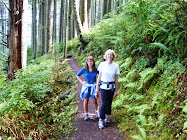

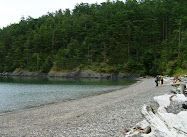
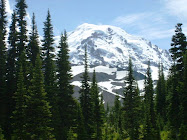



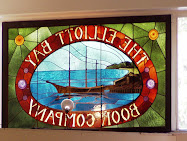
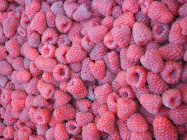

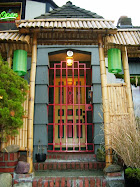


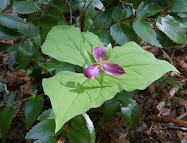

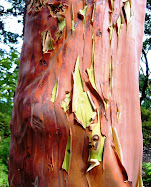

9 comments:
Our Northwest mountains are so special, I feel like we are playing hopscotch all the way up the coast. To me, Mt. Rainier means home even more than the iconic Space Needle.
Great Jill!
Anne, know what you mean!
Thanks Suezy! Yes, I never tire of gazing at (or hiking or climbing on) our volcanoes!
Thanks MM.
Jill,
What an incredible flight, seeing all those volcanoes one after another. On my flight in January, I did see the Sisters, but the skies clouded up by the time I got to the Columbia River. Thanks for sharing.
Betty
I really needed this sequence of our Mountains last June in a flight from Sand Diego.Several of us were arguing about which Mt was which- Mt Rainier was confused with Mt Adams - myself included. You cleared up my confusion!
Yes! I just flew today from Portland to Seattle. Magnificent views! Thanks for telling me about Mt Adams. I did know its name. Now I'll have to fly from SFO sometime so I can see them all! Great shots. Also glad to know I'm not the only person glued to the view with camera in hand. :-)
Hey Jenny! Glad you had a nice flight - assume the smoke didn't obscure the volcanoes? Yes, SFO is a great flight on a clear day!
I don't even know if you still monitor this blog (I don't want to click on your header and lose this post to find out!) but I just flew from San Diego to Seattle for the 100th time and got to see all these mountain peaks for the very first time! I got 4 of these peaks in 1 shot, then a 5th one appeared! I googled 'Mountain Peaks Near Seattle' and your blog post came up. Thank you for this, it will help me label my pictures correctly. :)
Hi Cindy, thanks for the comment! Sounds like a beautiful flight. I'm glad my post can help you label your pictures. Happy Trails!
Post a Comment